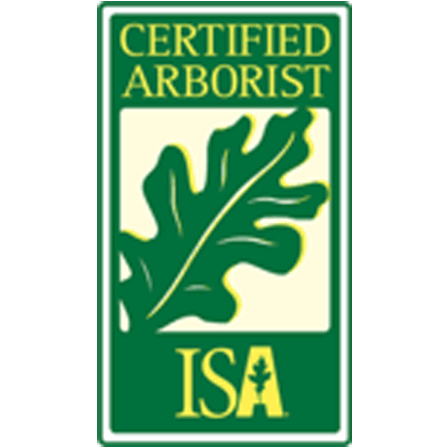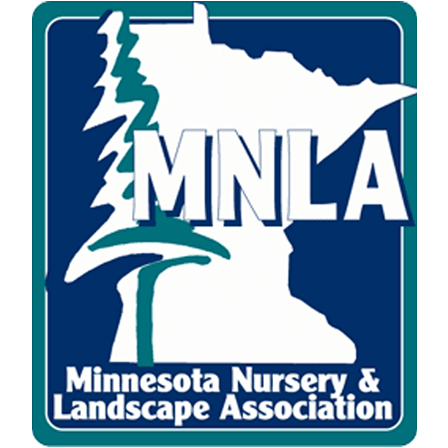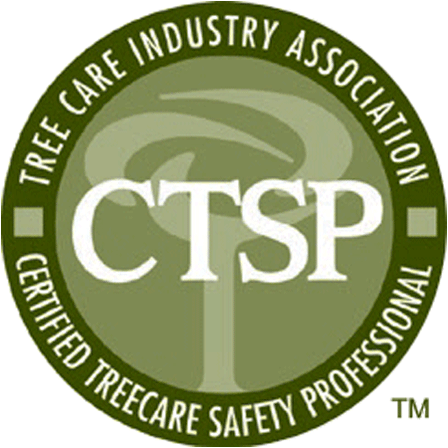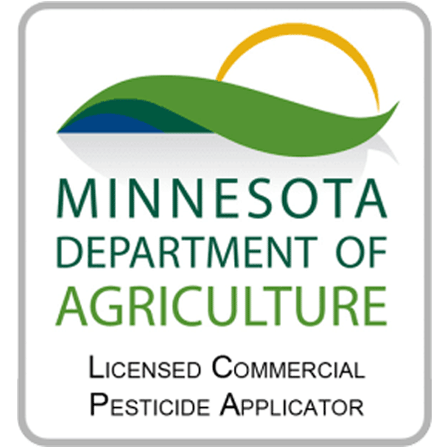When a tree gets a bit too tall for your liking, your instinct may be to give it a quick and easy chop – this is what we call tree topping. Even though it’s not your intent to put the tree in danger, you could be doing so without realizing it.
What is tree topping?
Tree topping is when you cut the top of a tree off, which reduces the tree’s remaining top branches to stumps. As a result, your tree is left with weak, unstable limbs and a bare, unnatural appearance. The main reason topping occurs is to reduce the size of a tree. A homeowner may feel that a tree has become too large for their property – causing a risk or looking unsightly. Topping, however, is not a viable method of height reduction and certainly does not reduce future risk. In fact, topping can increase risk in the long term.
How is topping harmful to your trees?
1) Topping reduces food-making capacity. Trees require a large leaf surface area to provide food for maintenance and growth. When you choose to cut the top off a tree, you are disrupting a major portion of the tree’s food-making potential and depleting the tree’s stored reserves.
2) Topping stimulates undesirable "water sprout" growth. While removing most of the buds that would form a normal branch system, topping often stimulates the regrowth of dense, unattractive, upright branches (water sprouts) just below the pruning cut. The ironic part is that water sprout regrowth is vigorous. A topped tree will rapidly return to its original height, but will lack its original healthy form.
Read Our Other Blogs
3) Topping can create large wounds. The branch wounds left from topping can be very slow to close. Because of this, the wounds are more vulnerable to insect attacks and fungal decay. An invasion by either pest can spread into the trunk and kill the tree.
4) Topping creates a hazard. Weakened stubs are more prone to wind and storm breakage because they generally begin to die back or decay.
5) Topping disfigures trees. Unsightly branch stubs, blunt pruning cuts, and disfigured branch growth are all signs a tree has been topped. It can take years to reverse the damage and return a tree back to its original form.
What are the alternatives to topping?
The best way to avoid topping: make sure newly planted trees are properly pruned to develop the best branch structure as they grow. When a mature tree reaches its ideal height, drop-crotching can be an alternative. Drop-crotching is a type of thinning cut that reduces a tree's size while preserving its natural shape. This type of thinning cut will stimulate growth throughout the tree and discourage water sprout development.
Is it too late and you already topped your tree(s)? Still not sure what drop-crotching is and how to do it? We can help. Contact our certified arborists today!









